Note: This article is part of our Creative & Thought category, where we explore influential works in manga, anime, and pop culture.
What Is Death Note?
Overview
Death Note is a landmark psychological thriller manga series written by Tsugumi Ohba and illustrated by Takeshi Obata. Serialized in Weekly Shōnen Jump from 2003 to 2006, the story follows Light Yagami, a brilliant but disillusioned high school student who discovers a notebook with a deadly power: anyone whose name is written in it will die. Light takes it upon himself to rid the world of criminals, adopting the alias “Kira.” However, his radical sense of justice draws the attention of L, a mysterious detective. What unfolds is a high-stakes battle of wits that grips readers from start to finish.
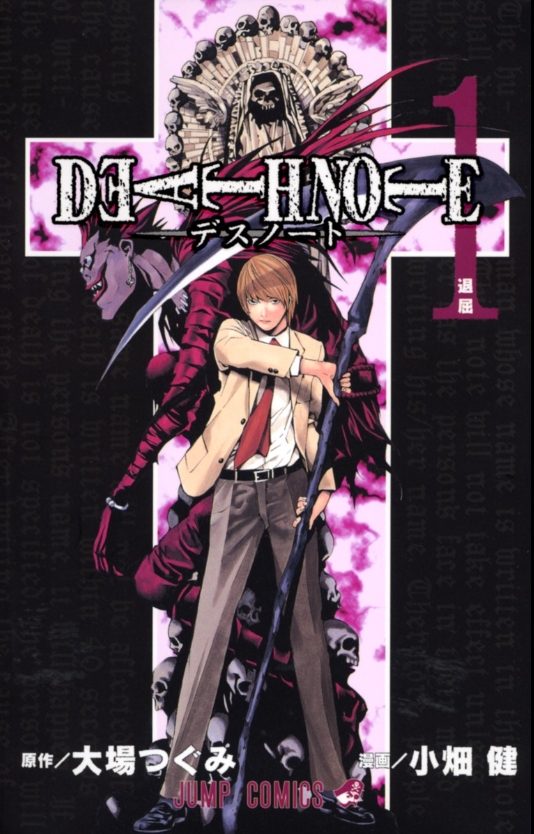
If you’d like to experience the beginning of the story yourself, you can read the first chapter of Death Note on Shonen Jump+ (Japanese only).
Who Made Death Note?
Writer and Artist
Tsugumi Ohba remains a pseudonymous and enigmatic figure, adding mystique to the narrative’s already shadowy themes. Takeshi Obata, known for his crisp, cinematic artwork, was drawn to the dark tone of the series. His character designs and visual direction give the manga its distinct mood—intense, stylish, and deeply atmospheric. The two creators rarely met in person, working instead through editor Koji Yoshida, which emphasizes the unique, remote yet cohesive collaboration that shaped the series.
Themes and Ethics
What Is Justice?
At its core, Death Note explores one of the oldest philosophical questions: what is justice? Light believes that by killing criminals, he is creating a better world. L, on the other hand, insists on due process and legal integrity. Their ideological clash presents a duality between utilitarianism and deontology. This conflict has been analyzed academically, including in a research paper on Aspect Recognition Theory, highlighting how the story frames different forms of justice through character actions.
Power and Ego
As Light continues to use the Death Note, he begins to see himself not just as a judge, but as a god. His transformation is a chilling portrait of how power can corrupt. The notebook’s seemingly limitless control tempts him into authoritarianism. Biblical allusions, such as apples and judgment, enhance this god complex motif, reinforcing the dangers of absolute moral authority.
Mind Games
Rather than relying on action, Death Note thrives on intellectual tension. Surveillance, deduction, manipulation, and strategic bluffing drive the plot forward. The famous “potato chip” scene, for example, turns a mundane act into a brilliant smokescreen. These moments showcase the manga’s ability to create suspense through clever writing and visual storytelling rather than physical combat.
Characters
Light Yagami
Light is a rare antihero whose descent into darkness is as fascinating as it is disturbing. His belief in his own righteousness makes him compelling—he sees the world in black and white, and believes his intellect and vision justify his actions. His internal conflict and gradual loss of humanity form the emotional core of the series.
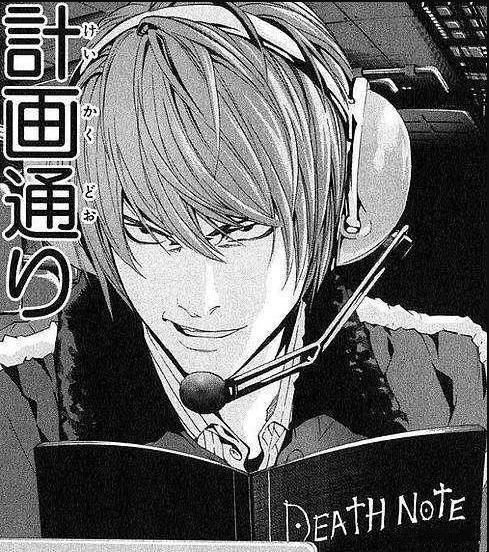
L
L serves as Light’s greatest rival—a detective as brilliant as he is bizarre. With his hunched posture, fondness for sweets, and emotionless demeanor, L is a character who seems out of place yet perfectly tailored for a narrative about logic and justice. His unwavering commitment to truth positions him as both a hero and a mirror to Light’s descent.
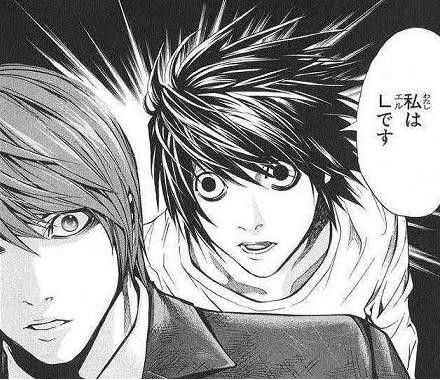
Misa, Near, and Mello
Misa Amane, a popular idol who becomes Kira’s devoted follower, introduces the theme of blind faith. Near and Mello, successors to L, represent two different approaches to justice—Near’s methodical, calculated reasoning and Mello’s emotional, risk-taking drive. Together, these characters form a rich ensemble that keeps the psychological tension high through the second half of the story.
Culture and Meaning
Japanese Society
Death Note emerged during a time of heightened public anxiety in Japan, especially following the 1995 sarin gas attack. The story taps into cultural fears about unchecked power, public surveillance, and the allure of charismatic leaders. The public’s support for Kira mirrors real-world instances of mass hero worship and social polarization.
Symbolism
Symbolism plays a major role in the story. The Death Note itself is a symbol of ultimate judgment, while apples allude to the forbidden fruit from Genesis—suggesting that Light’s power is both divine and damned. The Shinigami, inspired by Japanese folklore, add another layer of cultural resonance, bridging traditional myth with modern horror.
Adaptations
Anime and Movies
The anime adaptation by Madhouse (2006–2007) is widely praised for its faithfulness to the manga, striking visuals, and suspenseful pacing. Japanese live-action films and TV dramas explore alternate continuities, while the stage musical, with music by Frank Wildhorn, brings the story to theatrical life. The 2017 Netflix film took creative liberties and received mixed reviews, though it did introduce the property to a new audience.
Impact and Legacy
Global Reach
By 2015, Death Note had sold over 30 million copies worldwide. It has won numerous awards and influenced a generation of manga and anime creators. Titles like Code Geass and Psycho-Pass owe much to its legacy of moral conflict and strategic storytelling. The series continues to appear in academic discussions, fan analyses, and even parodies in Western media.
Why It Matters
Death Note is more than a story of good versus evil. It’s a meditation on power, responsibility, and the consequences of unchecked ambition. It asks us to reflect not just on the characters’ choices, but on our own values. That enduring relevance is why, even decades later, it still resonates around the world.
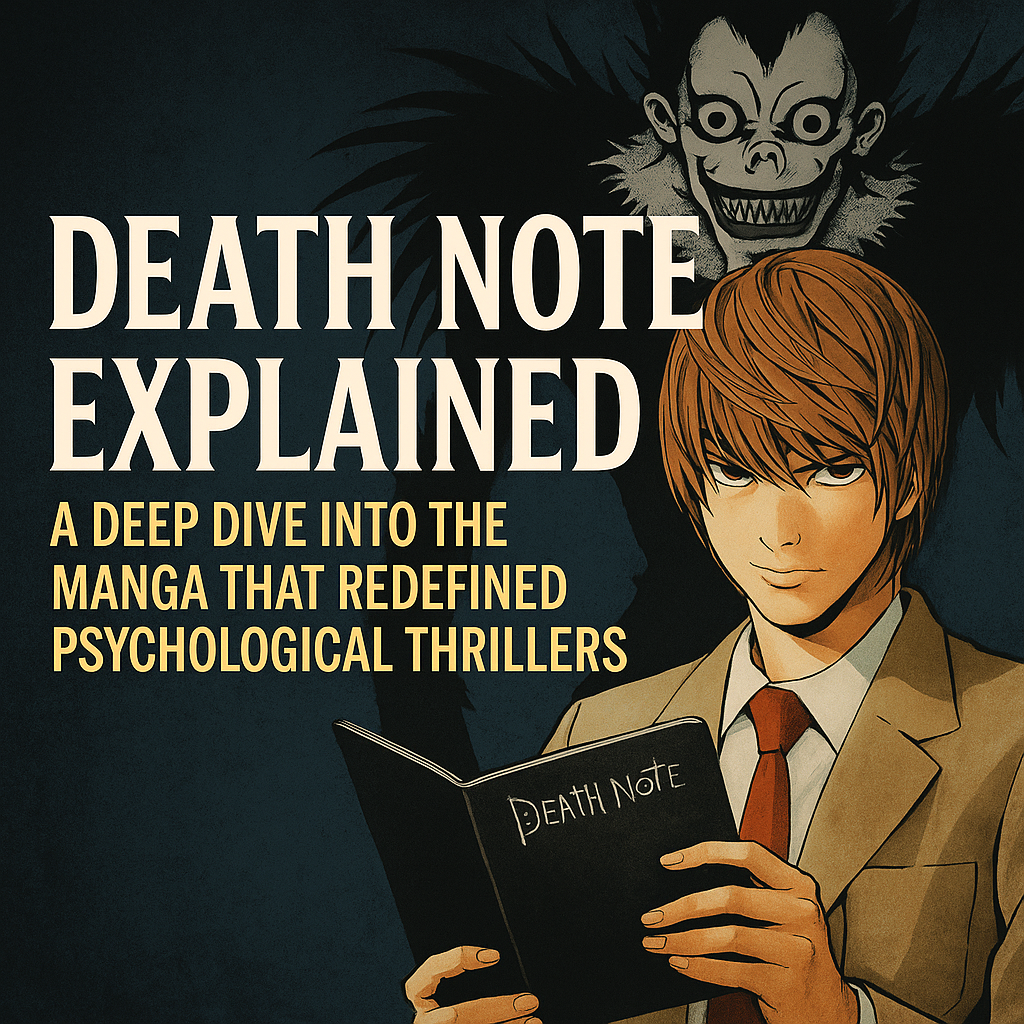
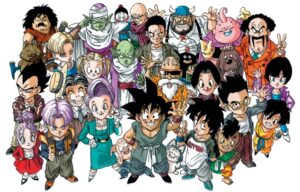
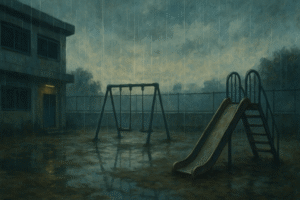
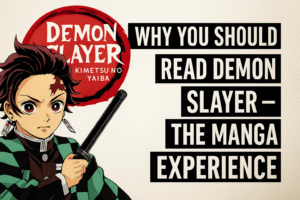
コメント